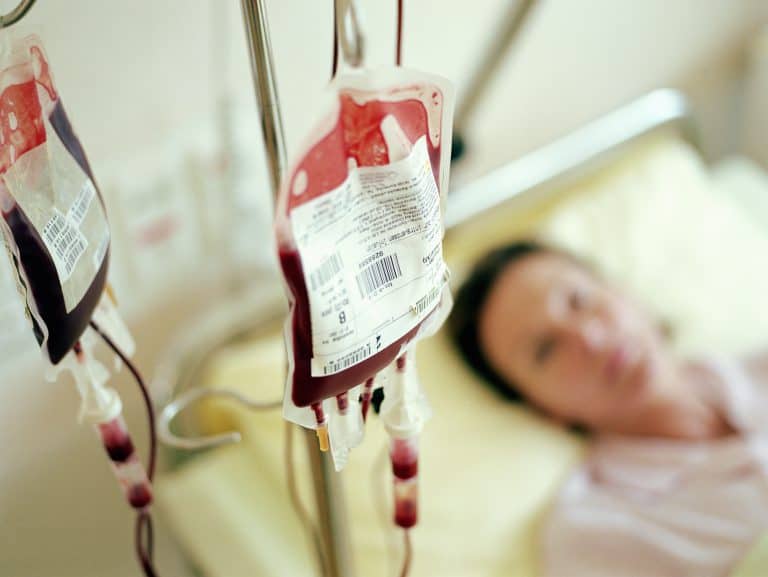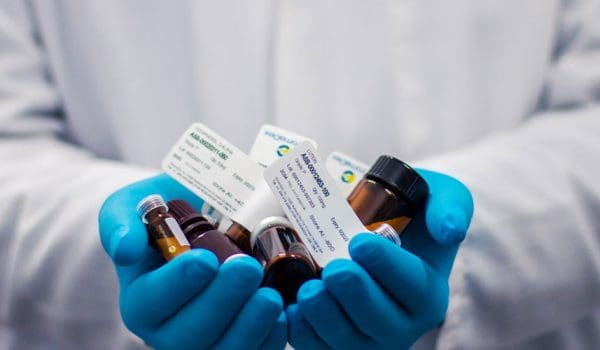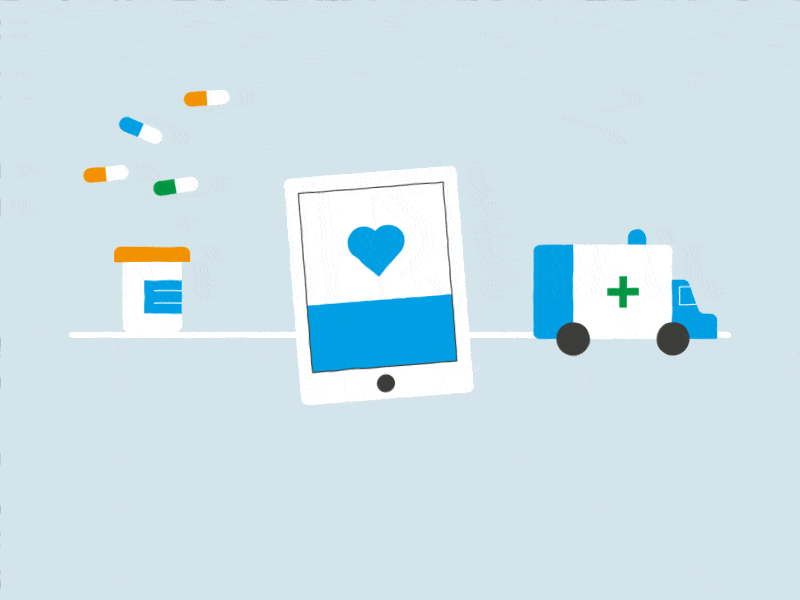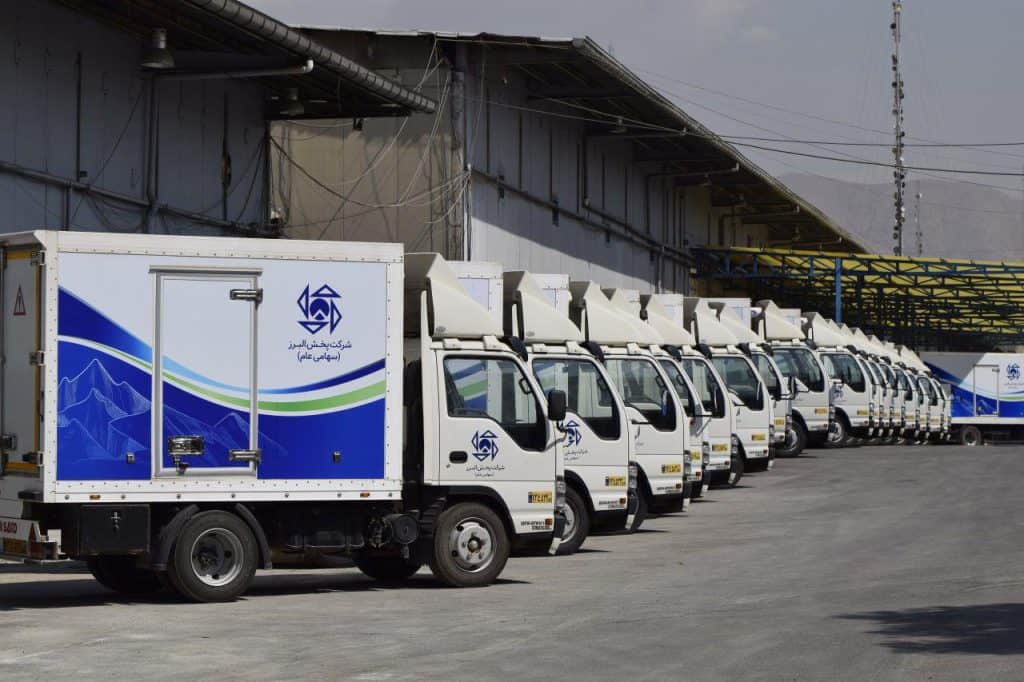Transportation and storage of medicines and sensitive blood products require special care to maintain their effectiveness and safety. These life-saving materials generally require careful temperature control to prevent degradation and ensure their effectiveness. While smart packaging has emerged as a prominent solution, it is not without flaws. Many medicines and blood products are sensitive to temperature changes and must be transported and stored within a certain temperature range. If these products are not properly temperature controlled, they can become ineffective or even dangerous.

In this article, written by the Vira team, we discuss the transport conditions of sensitive drugs and blood products and highlight the importance of proper temperature control. We also examine the advantages and disadvantages of current smart packaging systems and how advances in technology and research are coming to help with these challenges.
I. The critical role of temperature control in the transportation of drugs and blood products
Transportation of medicine and sensitive blood products requires careful temperature control due to their vulnerability to temperature changes. These materials must be stored and transported in specific temperature ranges to maintain stability, strength, and effectiveness.
Inadequate temperature control in transportation can lead to several problems including reduced effectiveness, reduced safety risk, and harm to the patient. For example, some vaccines, biologics, and blood products can lose their effectiveness if exposed to temperatures outside the recommended range. The consequences of going out of temperature range can be dire and make products ineffective or even harmful to patients.

Several factors can contribute to temperature changes during shipping, including:
- Environment: The outside temperature can have a significant effect on the temperature inside the shipping container. For example, if a shipment is traveling in the summer, the temperature inside the container can reach dangerous levels if it is not properly insulated.
- Type of packaging: The type of packaging used can also affect the temperature inside the product. For example, a product packed in a cardboard box experiences more temperature fluctuations than a product packed in a refrigerator.
- Travel length: The longer a product is in transit, the more likely it is to experience temperature changes. That’s why it’s important to choose a shipping company that has experience shipping temperature-sensitive products.

II. Dangers of temperature abuse in the transportation of medicines and blood products
There are several risks associated with the misuse of temperature-sensitive blood products and drugs. These risks include:
- Ineffectiveness: If the drug or blood product is not stored at the right temperature, it may become ineffective. This means that it may not be able to provide the desired treatment or may even have harmful side effects.
- Contamination: Abuse of temperature can also lead to contamination of sensitive blood products and drugs. This happens if products are exposed to high temperatures or come into contact with other contaminants. Contaminated products can be dangerous for patients and can even lead to death.
- Legal Liability: If a patient is harmed by a drug or blood product misused at temperature, the manufacturer or distributor of the product may be held liable. This can lead to significant financial losses and damage to the company’s reputation.
III. Advantages of smart packaging in transportation
Smart packaging is a new technology that can help ensure that sensitive drugs and blood products are properly temperature-controlled during transport. Smart packaging uses sensors to track the temperature of the product and alerts the user if the temperature goes out of safe range. This allows for early intervention and prevents product damage.

Using smart packaging for temperature-controlled shipping has several advantages. These benefits include:
- Improved product quality: Smart packaging can ensure that sensitive drugs and blood products are kept at the right temperature during the shipping process. This can help improve the quality of products and prevent them from becoming ineffective or contaminated.
- Reduced liability risk: Smart packaging can help reduce the risk of legal liability for manufacturers and distributors of sensitive drugs and blood products. Smart packaging can help prevent product damage and protect patients from harm by tracking the temperature of products and alerting the user if the temperature drops below a safe range.
- Increased efficiency: Smart packaging can help increase the efficiency of the transportation process. Smart packaging by tracking products’ location and ambient temperature can help ensure products are delivered on time and in good condition.
IV. Defects of current smart packaging systems
Smart packaging, which includes temperature monitoring sensors and other technological advances, has been proposed as a solution to maintain proper temperature conditions in transportation, but the weaknesses in these systems must be addressed to ensure their effective implementation.
- Accuracy and calibration: One of the main challenges faced by smart packaging is ensuring accurate temperature readings and reliable calibration. Differences in sensor accuracy and calibration can compromise the health of the entire system. A study by Koutsimanis et al. (2021) highlighted the differences between different smart packaging systems and emphasized the need for uniform and standardized calibration.
- Real-time monitoring and alerts: Timely detection of out-of-range temperatures is critical to prevent the degradation of sensitive drugs and blood products. While many smart packaging systems offer real-time monitoring, in some cases, communication errors or delays can prevent timely alerts. A comprehensive study by Gendron et al. (2020) revealed cases of missed alerts and unreliable data transmission and the need for robust data management and connectivity protocols.
- Battery life and endurance: Smart packaging systems use batteries to power sensors and communication modules. Limited battery life creates a challenge, especially for long-distance transportation. In addition, the packaging must be strong enough to remain stable under shipping conditions and for the sensors to maintain their performance and accuracy during the journey.

V. Developments and solutions in the field
To overcome the shortcomings of current smart packaging systems and improve the transportation of sensitive drugs and blood products, several potential developments and solutions are under investigation.

- Sensor technology: Advances in sensor technology are promising, offering greater accuracy and reliability. The integration of precise and calibrated sensors can improve the accuracy of temperature readings. For example, the National Institute of Standards and Technology (NIST) is developing precision thermometer sensors for pharmaceutical applications.
- Data management and artificial intelligence: The use of artificial intelligence technology and data analysis can help how to monitor temperature data and detect dangerous patterns. Systems based on machine learning algorithms can automatically identify and improve errors and risks.
- Active packaging methods: Active packaging methods such as heat transfer, phase change materials, and microencapsulation attempt to provide active temperature control and reduce dependence on external temperature sources. These solutions can help maintain the required temperature range even in the absence of external energy sources or in the event of an error in the transport system.

Temperature-controlled transportation is essential for the safe delivery of sensitive drugs and blood products. Smart packaging is a new technology that can help ensure that these products are well controlled during transport. Smart packaging offers several benefits including improving product quality, reducing liability risk, and increasing efficiency.
Transportation and storage of medicines and sensitive blood products require strict temperature control. While smart packaging systems have shown potential, addressing their shortcomings is essential to ensure the safe and effective delivery of these life-saving materials. Advances in sensor technology, data management, and active packaging solutions are promising and could significantly improve the transportation and storage conditions of these materials. With these efforts, the safety and effectiveness of sensitive drugs and blood products in transport will be improved and the risks related to temperature control failures will be reduced.

